Wondering what the effective meditation poses or meditation positions are? Can’t you sit appropriately for meditation? No need to worry if you can’t take time from your busy schedule.
Meditation can be done while lying or walking down the stairs, or at any time at anywhere.
Many researchers suggest that meditation should be done in the early morning, but it isn’t mandatory. You can meditate at any time and anywhere. many of us has different routines and priorities to accomplish. meditation with flexibility comes to existence, where you are a house-wife, Full-time employee, or own a Business–meditation got you back.
1. Lotus: meditation Poses

Usually, people meditate in the lotus Meditation position or crossed-legged sitting pattern, which has specific position effects on our bodies. Lotus pose improves our digestive system and pressures the Sacral nerves, enhancing blood flow. But if you aren’t comfortable sitting in a crossed-legged sitting. Then you can try other meditation position that works for your routine and Body. The most important thing in meditation is to get yourself in peace and comfortable.
2. Seated Cross-Legged (Sukhasana)
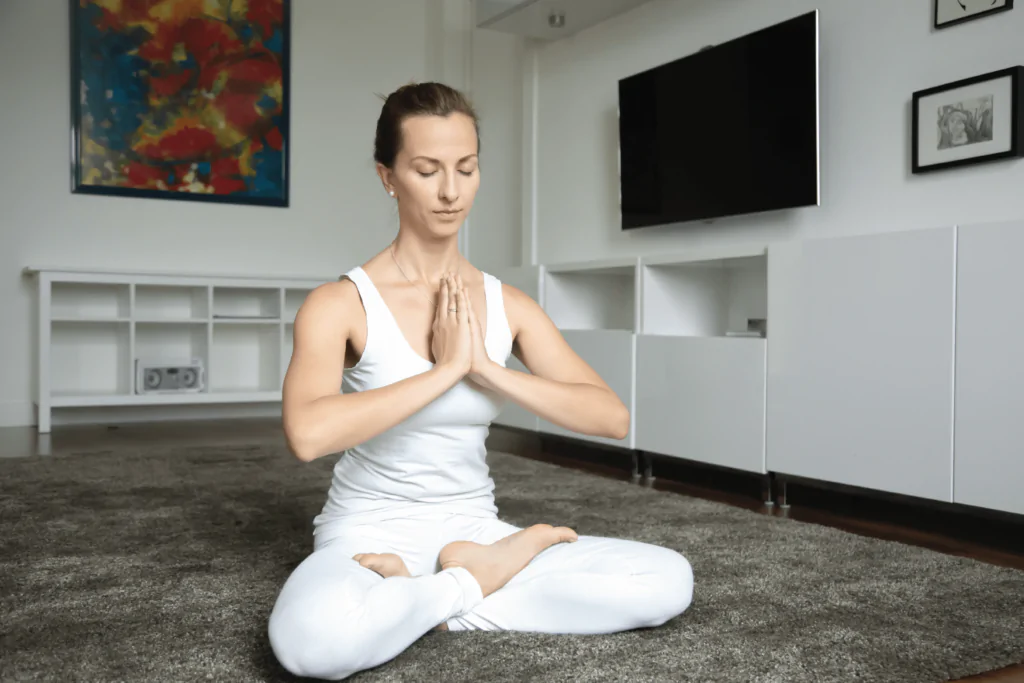
Sit on the floor with your legs crossed, keeping your back straight and shoulders relaxed. Rest your hands on your knees, palms facing up for openness or down for grounding. This position helps maintain balance and is ideal for long meditation sessions. Focus on your breath and allow your body to settle into stillness.
3. Chair Meditation if can’t sit for longer

Sit on a sturdy chair with your feet flat on the ground and your back straight but relaxed. Keep your hands resting on your lap or knees, palms up for receiving energy or down for grounding. The chair meditation posture is best for those who need back support while sitting. This is a great position for those with mobility issues or discomfort sitting on the floor. Close your eyes and bring your awareness to your breath, allowing thoughts to drift away
4. Lying Down (Savasana)
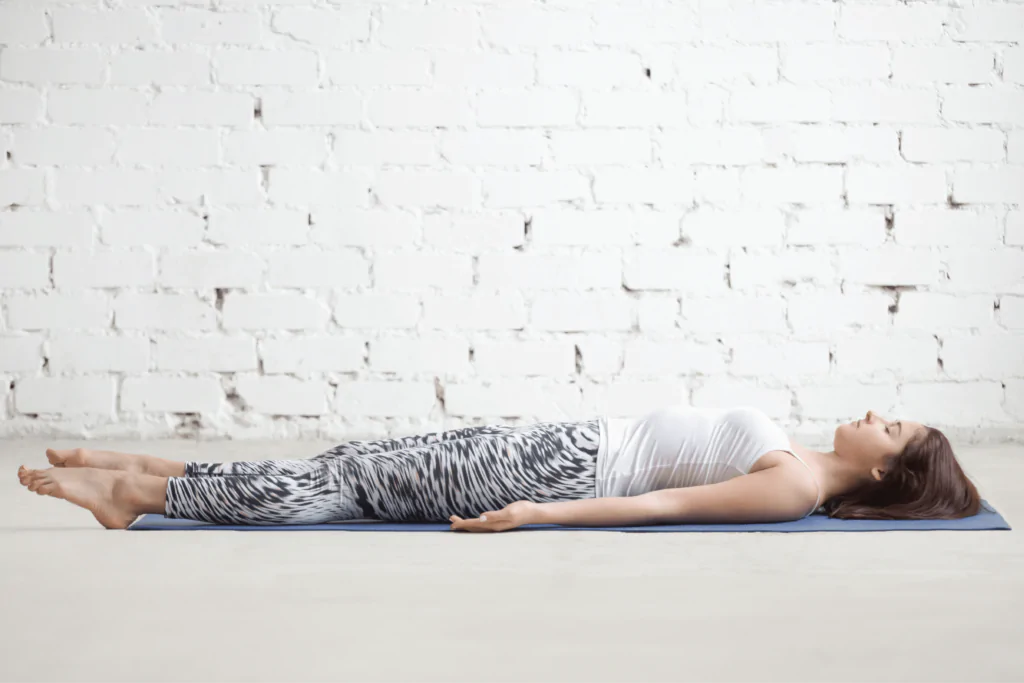
Lie flat on your back with your arms resting at your sides, palms facing upward. Keep your legs slightly apart and let your body feel completely supported by the floor. This position is great for relaxation but requires mindfulness to avoid falling asleep. Focus on slow, deep breaths and the sensation of your body sinking into the ground.
5. Kneeling (Seiza Position)

Sit on your heels with your knees together and hands resting on your thighs. Keep your back straight and shoulders relaxed, maintaining a stable yet comfortable posture. Some practitioners use a meditation bench to reduce knee pressure. This position promotes alertness and is often used in Zen meditation practices.
6. Standing Meditation
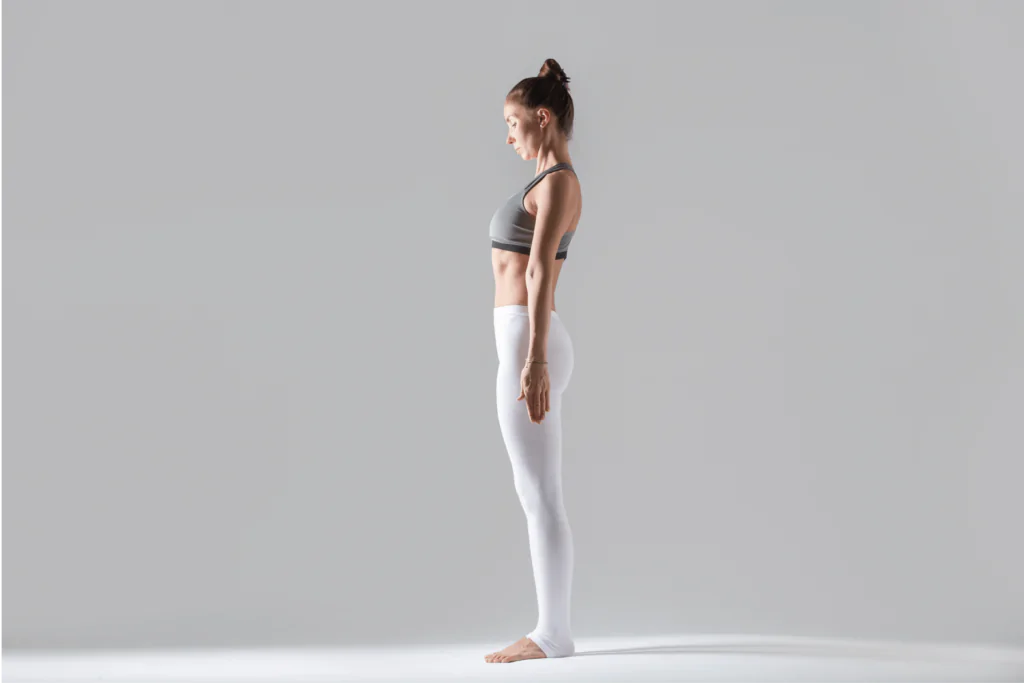
Stand with your feet hip-width apart, keeping your knees slightly bent and your hands relaxed at your sides or clasped in front of you. Your gaze should be soft and slightly downward, maintaining a calm and grounded stance. This position is often used in Qi Gong and Tai Chi meditation, focusing on body awareness and breath control. It is ideal for those who find sitting uncomfortable for long periods.
7. Walking Meditation
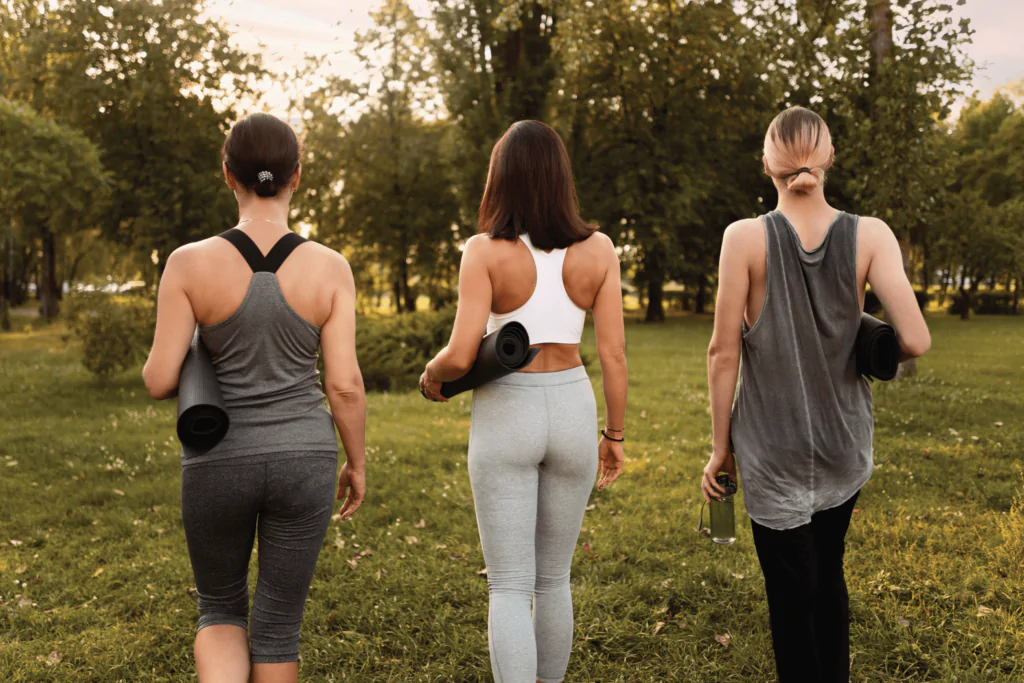
Walk slowly and deliberately, paying full attention to each step you take. Keep your posture upright, shoulders relaxed, and arms moving naturally by your sides. Focus on the sensation of your feet touching the ground, the rhythm of your breath, and the movement of your body. This form of meditation is great for bringing mindfulness into daily life and can be done indoors or outdoors.
Which meditation is the Best for you?
Meditation is like other physical practices, like pushups, squats, walking, and swimming. In meditation, you must practice something without losing focus or wandering your mind. Like focusing on breathing in and out, focusing on a candle improves our focus on in-hand Tasks. A best meditation for me may not be the best meditation pose for you, because our bodies are different. so, you need to find out which among walking, lying, or chair meditation works for you.
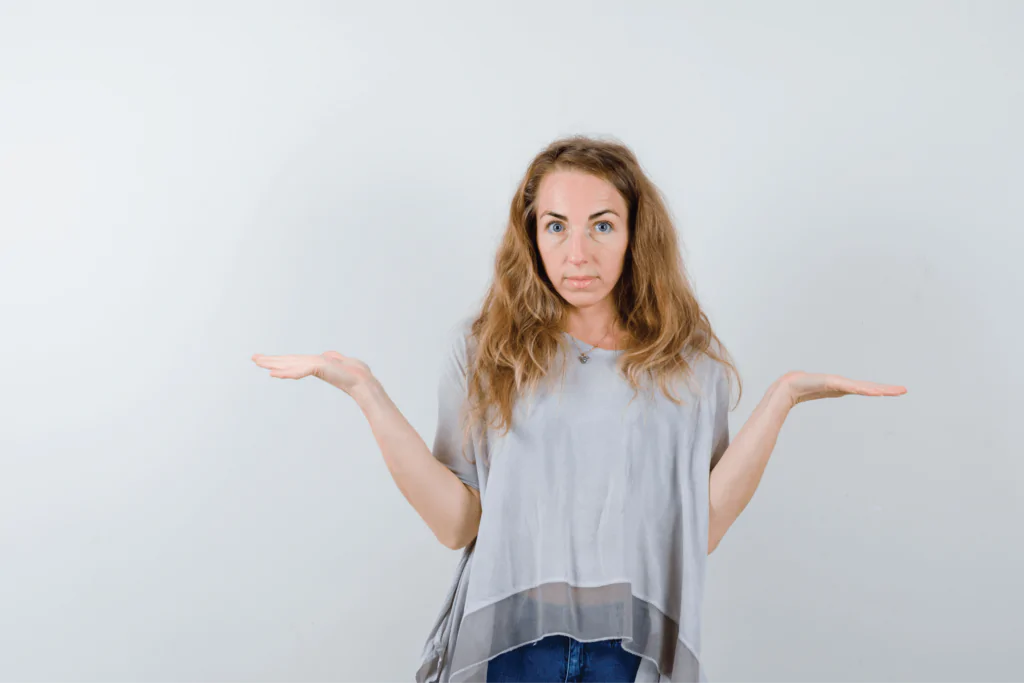
Unlike other physical activities, meditation has many benefits, like relaxing your mind and improving your sleep and anxiety. Meditation is a practice that connects you with yourself. So, if you are in a position that hurts your body, like your knees, hips, or back, you won’t be able to focus on meditation.
Conclusion
Meditation Position offers flexibility in practice, allowing for variations such as lying down or incorporating it into daily activities like walking. While traditionally associated with specific Meditation poses like the lotus pose, the key is maintaining focus and connecting with oneself. Whether it’s morning or any other time, finding a comfortable position that works for you is paramount, ensuring a fruitful meditation experience that promotes relaxation and mental clarity.
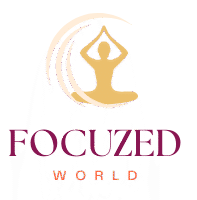




1 thought on “What are uncovered meditation poses, and meditation positions?”
Finding the right meditation position is essential for a comfortable and effective practice. The lotus pose is great for improving digestion and blood flow, but other positions can work just as well if you’re not comfortable sitting cross-legged. Whether sitting, lying down, kneeling, or standing, the key is to maintain mindfulness and focus on your breath. Experiment with different poses to discover what suits your body and routine best. How can you integrate these positions into your daily meditation practice for maximum benefit?